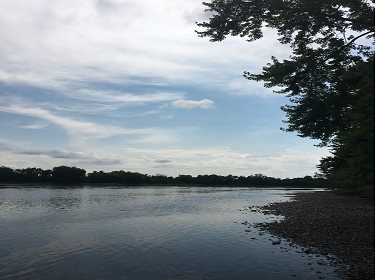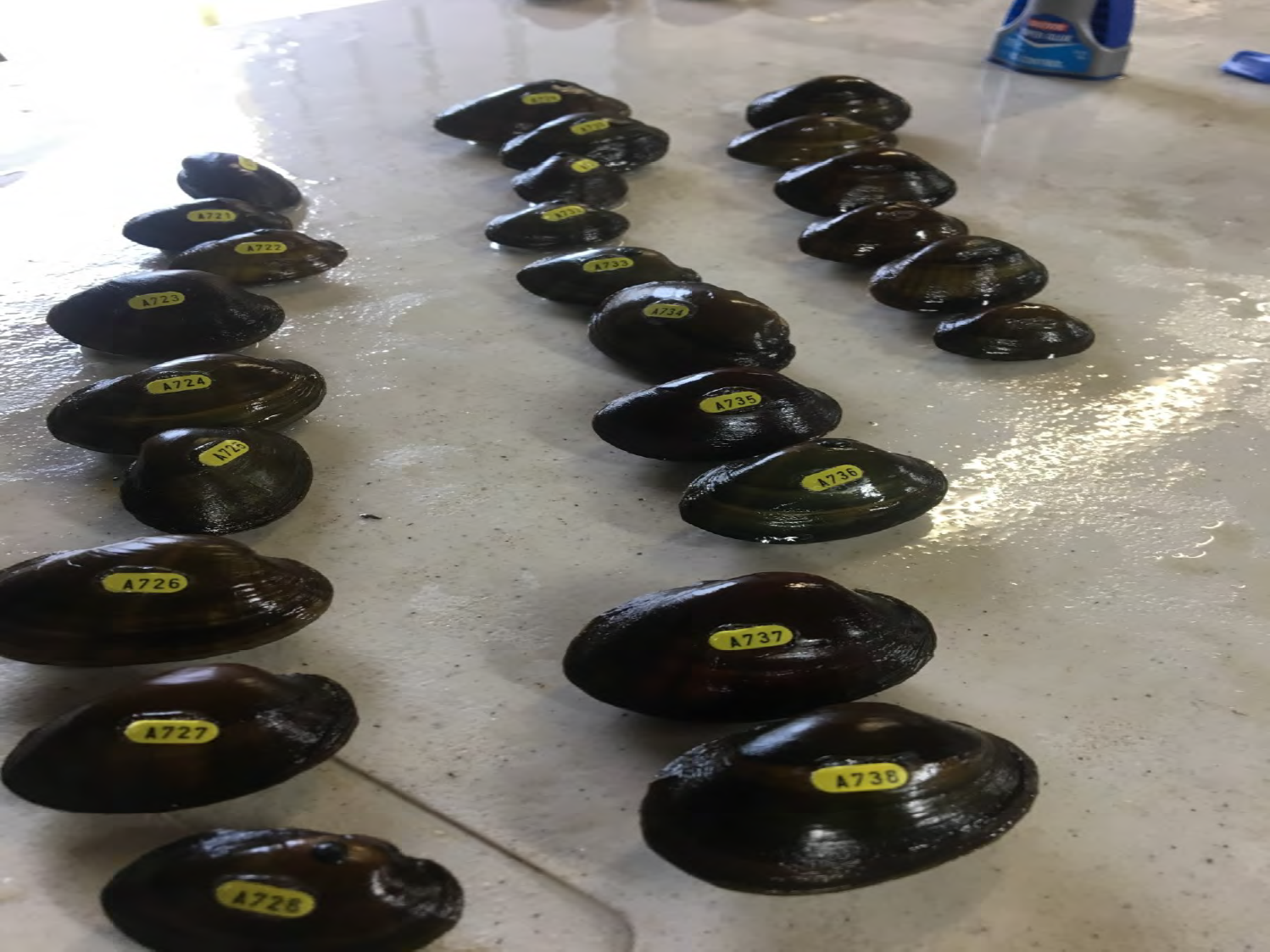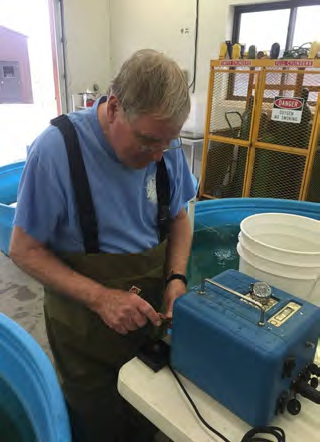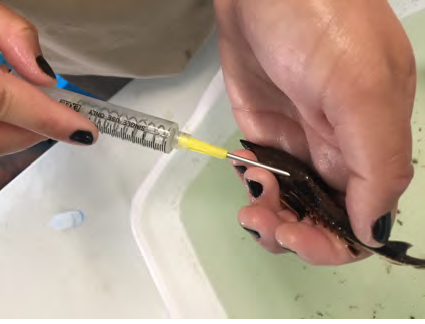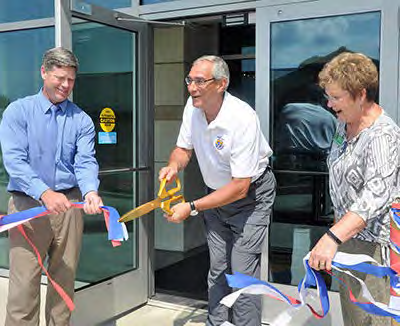
Dignitaries Congressman Ron Kind, Wisconsin 3rd District (left), Tom Melius (center) USFWS Midwest Region Director and Sherry Quamme, Chair of Wisconsin Mississippi River Parkway Commission dedicate the interpretive center. Credit: Megan Bradley , USFWS
We at the U.S. Fish and Wildlife Service are pleased to announce the opening of the Great River Road Interpretive Center in Genoa, Wisconsin. Regional Director Tom Melius joined Congressman Ron Kind and other dignitaries to mark the grand opening at the Genoa National Fish Hatchery on June 1, 2018. A large, eye-catching, yellow and white tent stood on the grounds of the hatchery as a crowd of staff, supporters, friends and local-area families gathered in anticipation of the celebration.
Nearly five years in the making, construction of the center began on August 21, 2013 with a commemorative groundbreaking ceremony on hatchery grounds. The project was partially funded by a National Scenic Byways grant, making Genoa the first national fish hatchery to be awarded Department of Transportation, Federal Highway – National Scenic Byways funds.
“This center represents an exciting achievement as it was made possible due to a first-of-its-kind grant to a national fish hatchery,” said Melius.

Those in attendance enjoyed a beautiful day as they gathered for the formal dedication ceremony near the new interpretive center. Credit: Megan Bradley, USFWS
As part of the celebration Congressman Ron Kind of Wisconsin’s 3rd District presented the hatchery with a framed statement for the Congressional Record in honor of the opening. “I am honored to be here in Genoa celebrating the opening of the Great River Road Interpretive Center, which honors a precious natural resource and economic engine in western Wisconsin – the Mississippi River,” said Kind.
The new facility offers visitors opportunities to learn about the natural resources of the Upper Mississippi River. Educational exhibits go beyond the story of the hatchery and feature significant histories of the area, including how native mussels were a part of the pearl button industry and the Battle of Bad Axe, the final battle of the Black Hawk War.
“We’re hoping that people get an appreciation of the region, not only the intrinsic value of the natural resources, but also the history,” said Genoa National Fish Hatchery Manager Doug Aloisi.
The center is open Monday through Friday from 8:00 a.m. to 3:00 p.m. and from 10:00 a.m. to 2:00 p.m. on weekends. There is no fee for entry.
Learn more about the Genoa National Fish Hatchery and plan your visit!




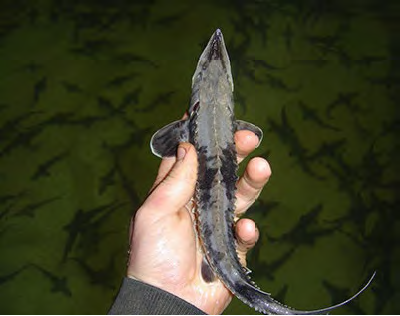
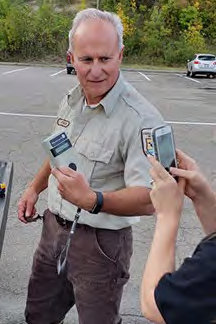
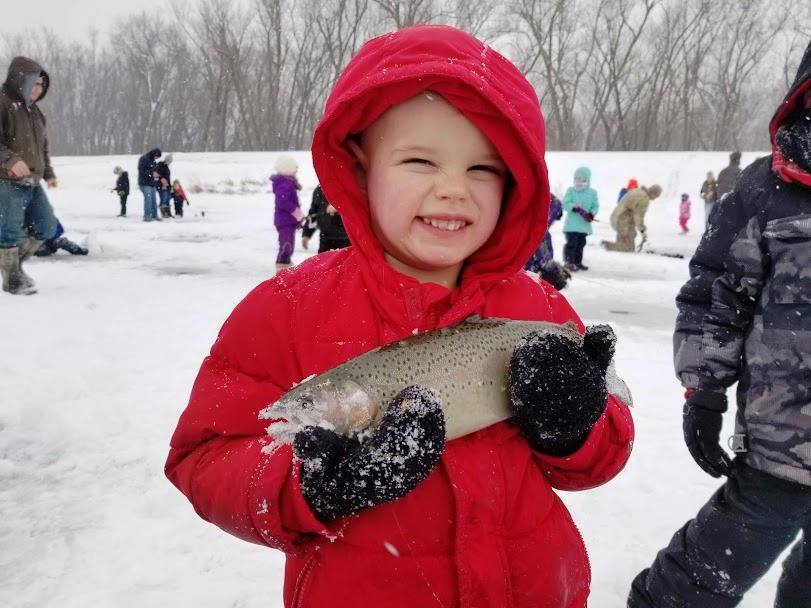
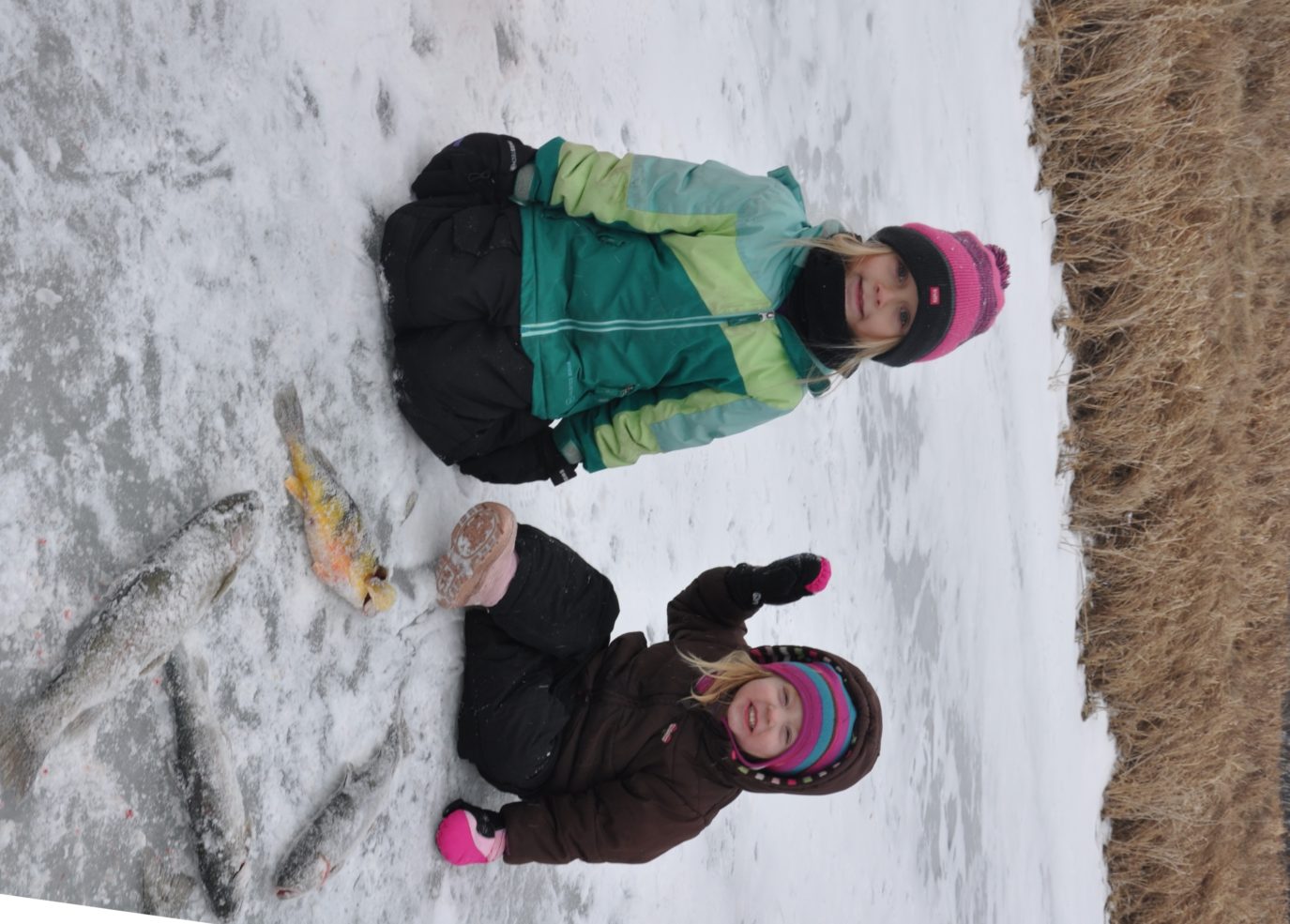
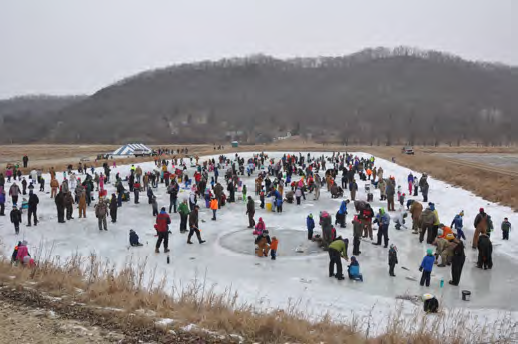 The Genoa National Fish Hatchery is located at S5631 State Hwy. 35, Genoa.
The Genoa National Fish Hatchery is located at S5631 State Hwy. 35, Genoa.

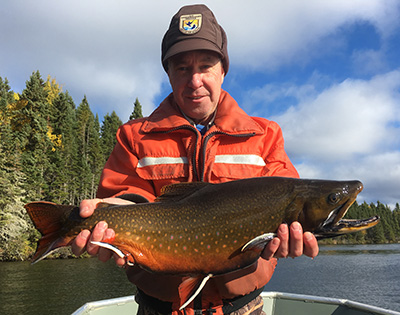
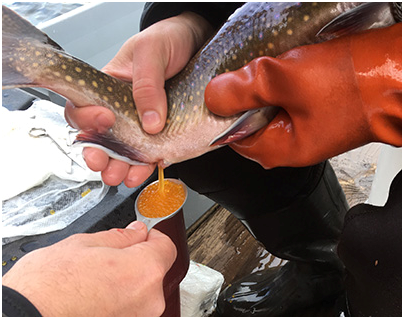 Hatchery biologists from Iron River NFH and Genoa NFH collect eggs from a female
Hatchery biologists from Iron River NFH and Genoa NFH collect eggs from a female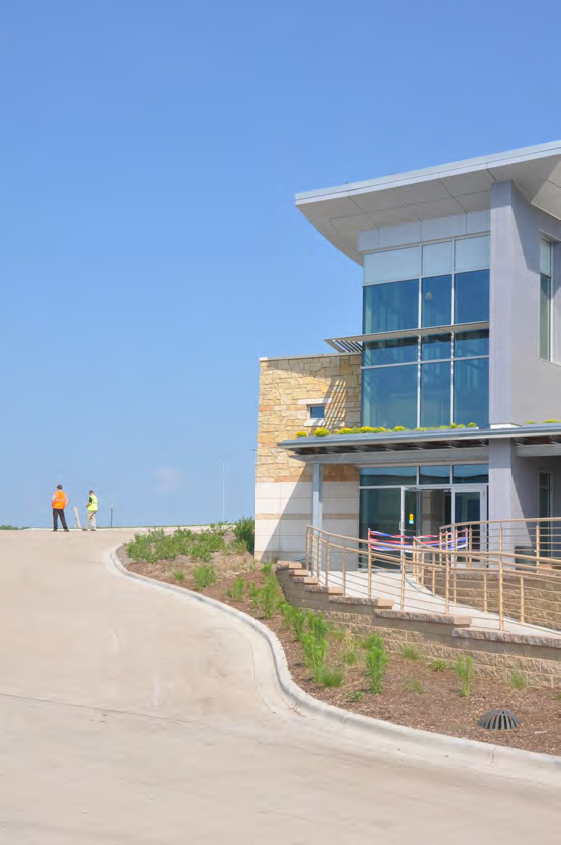
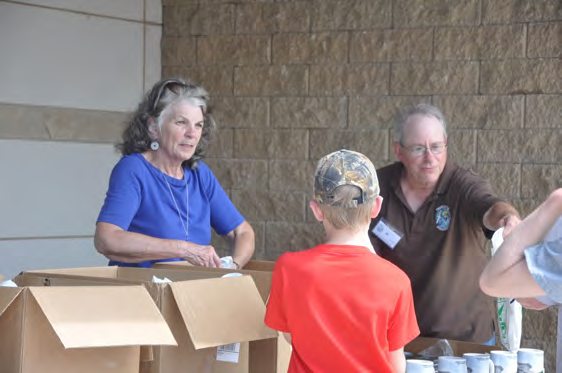
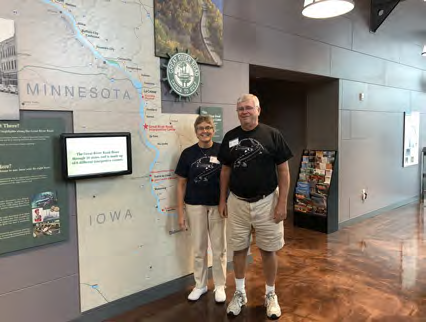 also reflects their gift of stewardship. Many accolades and thanks to Dave and Rosie, and all of our Friends Group members and volunteers who make our mission of conservation and stewardship that much more achievable!
also reflects their gift of stewardship. Many accolades and thanks to Dave and Rosie, and all of our Friends Group members and volunteers who make our mission of conservation and stewardship that much more achievable!